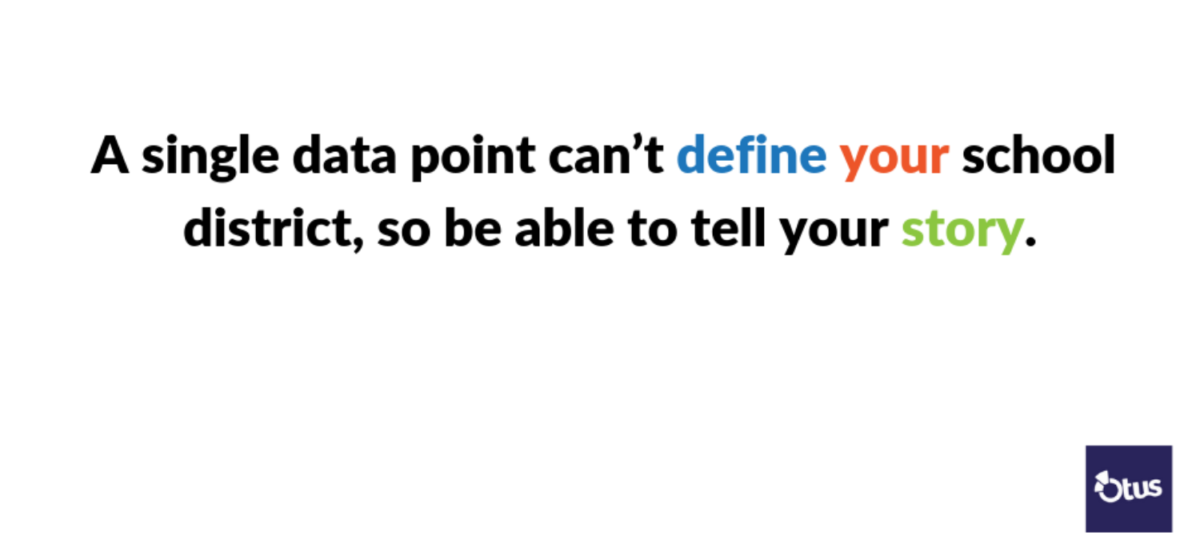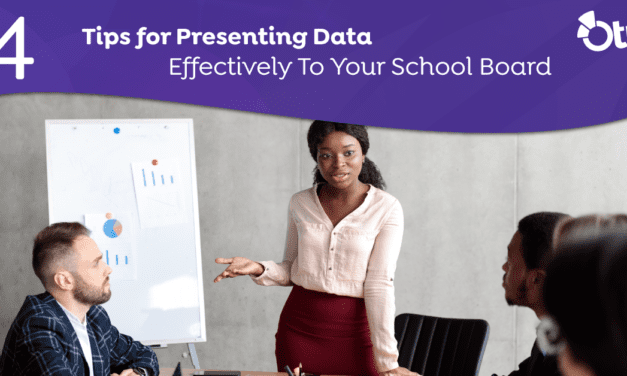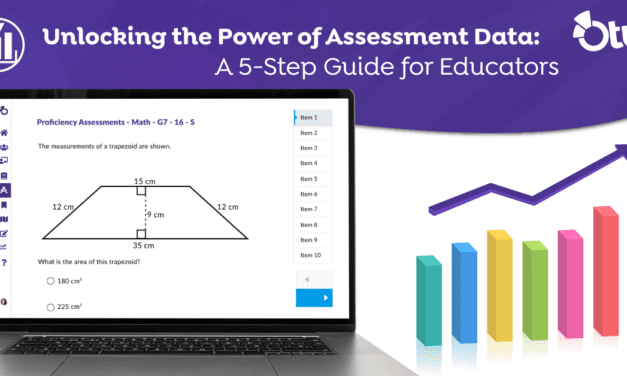In today’s schools, there is no shortage of student data. High-stakes test scores, classroom assignment scores, student behaviors, attendance, performance on learning standards, engagement- the list goes on and on.
The real challenge for educators, students, and families is how all of those pieces of data can be assembled into a holistic story of student growth. Without the ability to efficiently assemble a more holistic view of school or district performance, school districts are often measured based on their performance on a single state-mandated test.
At Otus, our goal has been to provide the unified technology platform. We want high-stakes test scores put into context with the moments of learning and growth that happen in every classroom, every day. That way, school communities can have a better understanding of their strengths and opportunities.
Using past performance to guide future success
While schools can currently use Otus to view the point-in-time performance of schools, we knew that the best predictor of future success is past performance. We needed to give educators the tools they need to efficiently identify what worked in the past and what didn’t work. We can then arm them with the data necessary to drive their next steps.
Otus is ready to take the next step with how the platform can be used to view student, school, and district performance on academic, social-emotional, engagement, and other non-cognitive growth over time. School systems are no longer relying on a single data point, commonly a state-mandated assessment, to measure their effectiveness as a school organization.
It’s time for educators to tell their own story
High priced statisticians and consultants have been a helpful resource for K-12 school systems. They help analyze disconnected and disparate data into a clear message that can be understood by all stakeholders. The reality is that today’s educators, learners, and families are more data-savvy than ever before. Whether it’s “leveling up” on a game, earning badges for using Waze, or checking a step count on a wearable device- we live in a culture of data.
With Otus, school and district leaders will, for the first time ever, have the data analytics tools necessary to view longitudinal student performance data. In addition, they will be able to identify strengths and opportunities. They can even leverage the institutional knowledge of the people who already work in the schools to tell their story.
Otus Query and Historical Analytics
Come the summer of 2019, Otus will offer users the ability to build easy-to-use data visualizations across an unlimited number of school years that do not require the ability to integrate multiple systems. To view a video showcasing our new reporting capabilities, click here.
For example, below are some visualizations for a district leader who wanted to use NWEA, SBAC, classroom level assessment data, and non-cognitive data related to their work habits and behaviors to identify At-Risk students. They will do this while also seeing characteristics of the students who make up that group of At-Risk students:
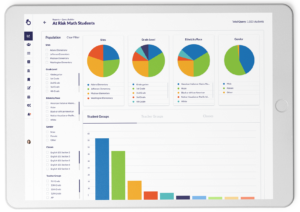
In the second example, a building principal wanted to see how various groups of students compared to one another on a state-mandated assessment:
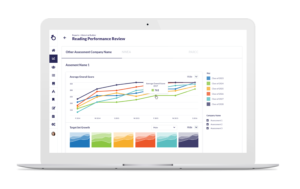
Otus is empowering school systems to make more informed decisions by pairing one-a-year data from high-stakes assessments with data that is generated in classrooms each day.

